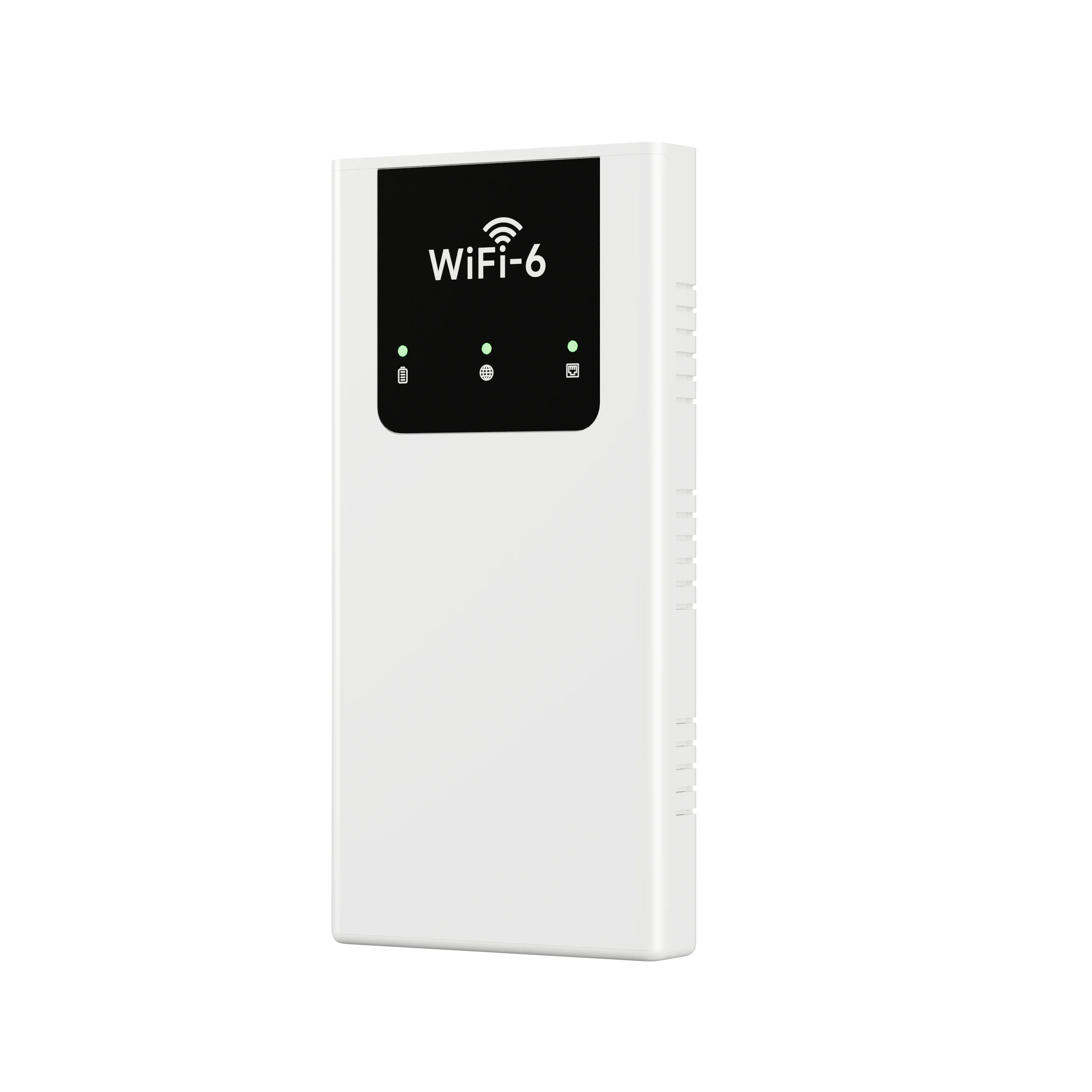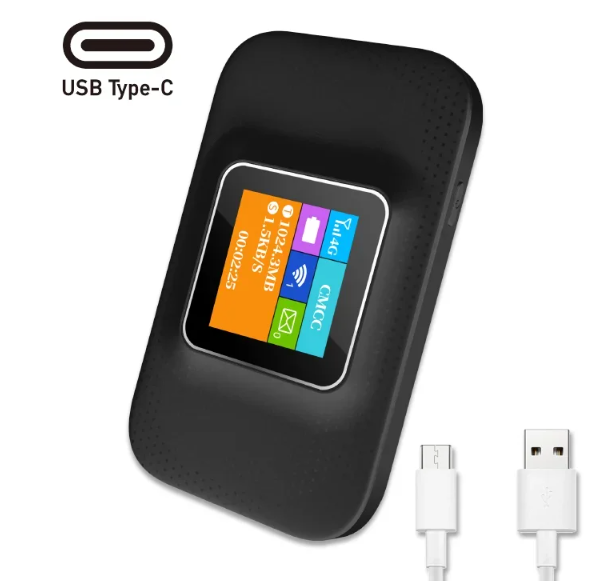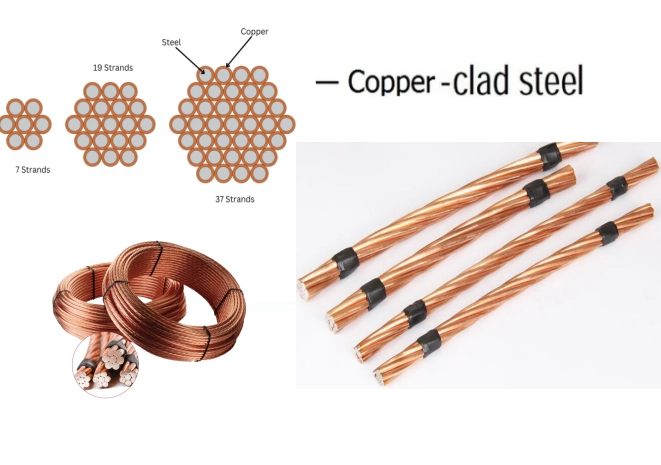In the rapidly evolving world of electronics, the reliability and performance of electronic components are paramount. As devices become more complex, the methods used to test these components must also advance. This article delves into the various sophisticated techniques employed in the testing of electronic components, ensuring that they meet stringent quality standards and function as intended in their respective applications.
- Introduction to Electronic Component Testing
Electronic components, ranging from resistors and capacitors to integrated circuits and semiconductors, are the building blocks of modern electronic devices. Testing these components is crucial for several reasons: ensuring functionality, verifying specifications, and maintaining safety standards. The methods of testing can be broadly categorized into destructive and non-destructive testing, each serving unique purposes and applications.
- Non-Destructive Testing (NDT) Methods
Non-destructive testing methods are essential for evaluating the integrity and performance of electronic components without causing any damage. Here are some of the most widely used NDT techniques:
2.1. Visual Inspection
Visual inspection remains one of the simplest yet effective methods for testing electronic components. Trained technicians examine components for physical defects such as cracks, soldering issues, and corrosion. This method is often the first step in the testing process, providing immediate feedback on the component's condition.
2.2. Electrical Testing
Electrical testing encompasses a range of techniques designed to assess the electrical characteristics of components. Common methods include:
- Continuity Testing: This method checks for uninterrupted electrical paths within a circuit. A multimeter is typically used to measure resistance and confirm that connections are intact.
- Insulation Resistance Testing: This technique evaluates the insulation properties of components, ensuring that they can withstand high voltages without leakage. It is crucial for safety in high-voltage applications.
- Functional Testing: This method involves operating the component under specified conditions to verify its performance. For example, testing a capacitor's capacitance value against its rated specifications ensures it operates effectively within a circuit.
2.3. Automated Optical Inspection (AOI)
Automated Optical Inspection employs high-resolution cameras and sophisticated software to detect defects on printed circuit boards (PCBs). This method is particularly useful for identifying soldering issues, component misalignment, and other visual defects that may not be apparent through manual inspection.
- Destructive Testing Methods
While non-destructive methods are preferred for routine testing, destructive testing is sometimes necessary to gain deeper insights into component performance and failure modes. Here are a few common destructive testing techniques:
3.1. Thermal Cycling
Thermal cycling tests components by subjecting them to extreme temperature variations. This method helps identify potential failures due to thermal stress, which can lead to delamination or cracking in materials. By simulating real-world conditions, engineers can assess the reliability of components over time.
3.2. Mechanical Stress Testing
Mechanical stress testing evaluates how components respond to physical forces. This can include bending, twisting, or compressing components to determine their structural integrity. Such tests are vital for components used in environments subject to vibration or shock.
3.3. Failure Analysis
Failure analysis involves deliberately inducing failure in a component to understand its failure mechanisms. Techniques such as scanning electron microscopy (SEM) and X-ray diffraction are employed to analyze the microstructure of materials and identify the root causes of failure. This information is invaluable for improving design and manufacturing processes.
- Advanced Testing Techniques
As technology progresses, new testing methods are emerging to keep pace with the complexity of electronic components. Some of these advanced techniques include:
4.1. X-ray Inspection
X-ray inspection is increasingly used to examine the internal structures of components without disassembly. This method is particularly effective for detecting hidden defects in solder joints and internal connections, making it invaluable for quality assurance in manufacturing.
4.2. Electromagnetic Compatibility (EMC) Testing
EMC testing evaluates how electronic components interact with electromagnetic fields. This testing is crucial for ensuring that devices do not emit harmful interference and can operate reliably in the presence of external electromagnetic sources.
4.3. Burn-In Testing
Burn-in testing subjects components to elevated temperatures and voltages for an extended period to accelerate aging. This method helps identify early failures and ensures that only reliable components reach the market.
- Conclusion
The testing of electronic components is a multifaceted process that requires a combination of traditional and advanced techniques. As the demand for high-quality, reliable electronic devices continues to grow, so too does the importance of effective testing methods. By employing a comprehensive approach that includes both non-destructive and destructive testing, manufacturers can ensure that their components meet the highest standards of performance and reliability. As technology evolves, staying abreast of the latest testing methods will be crucial for engineers and manufacturers alike, paving the way for innovations in the electronic landscape.


